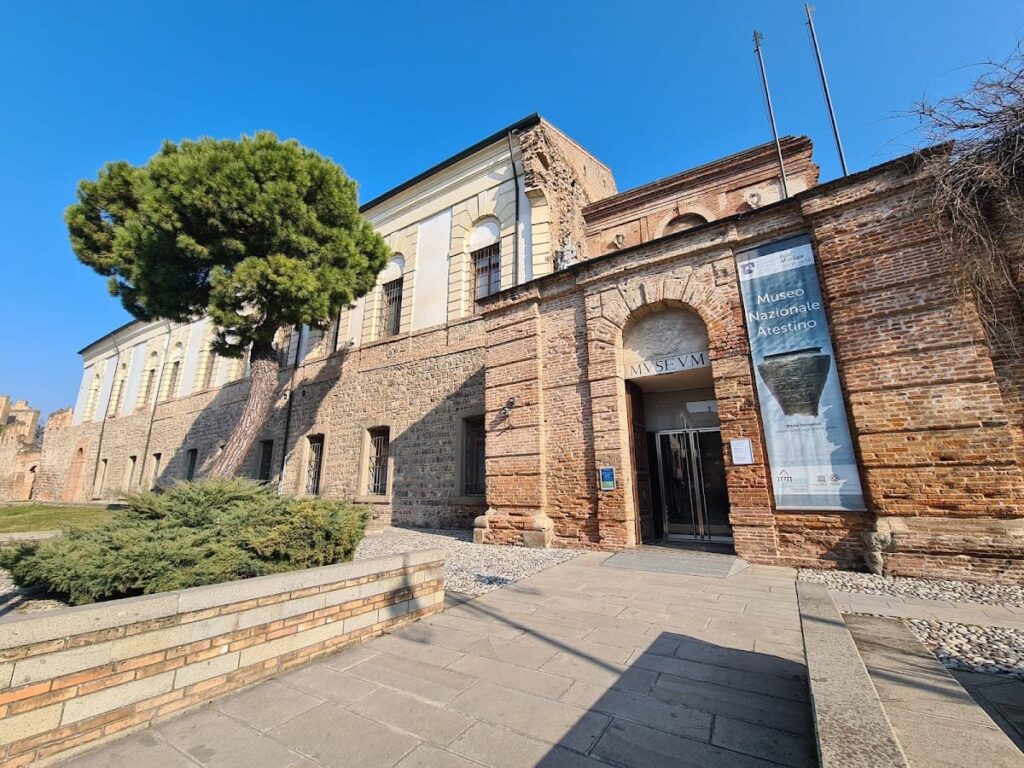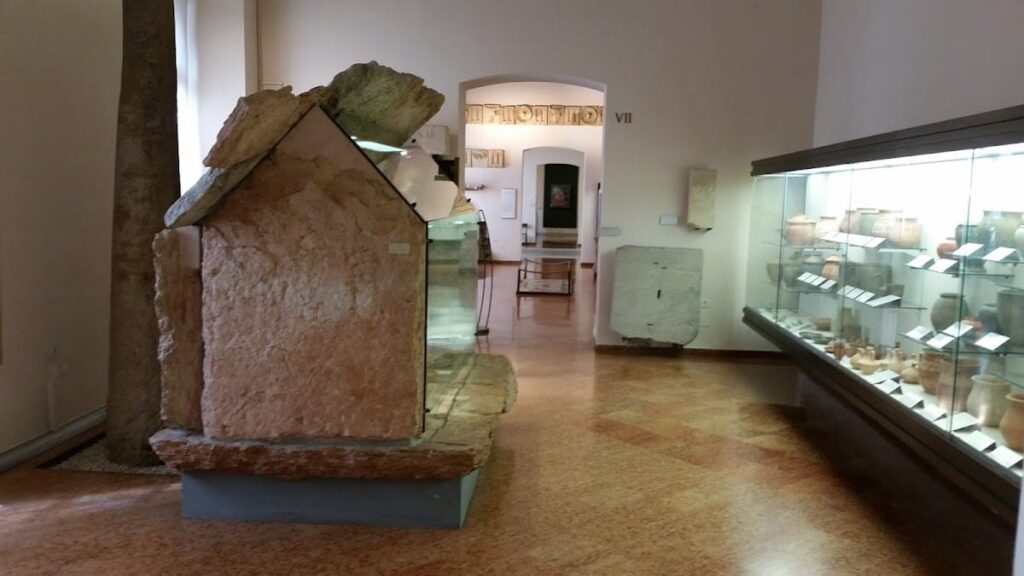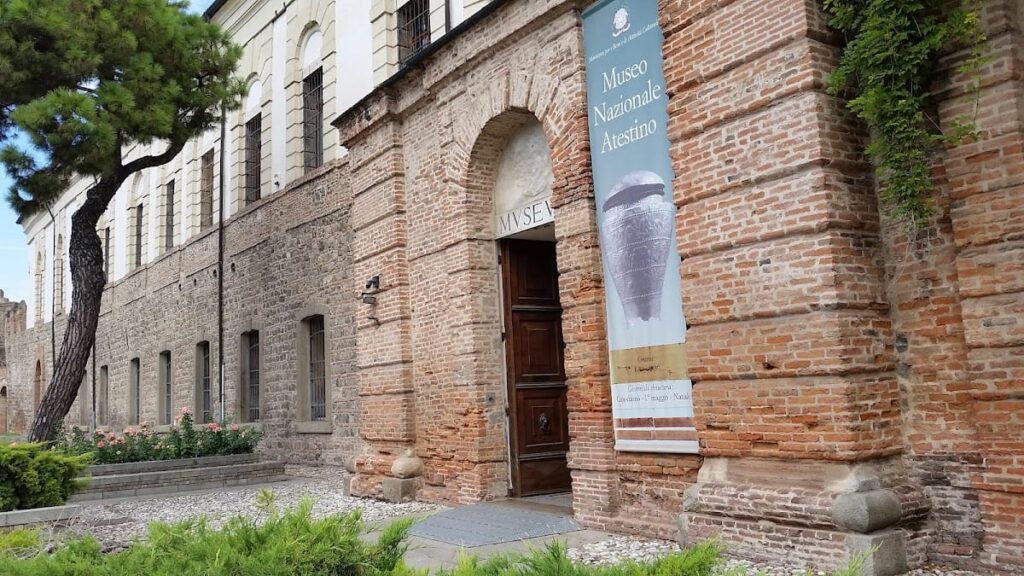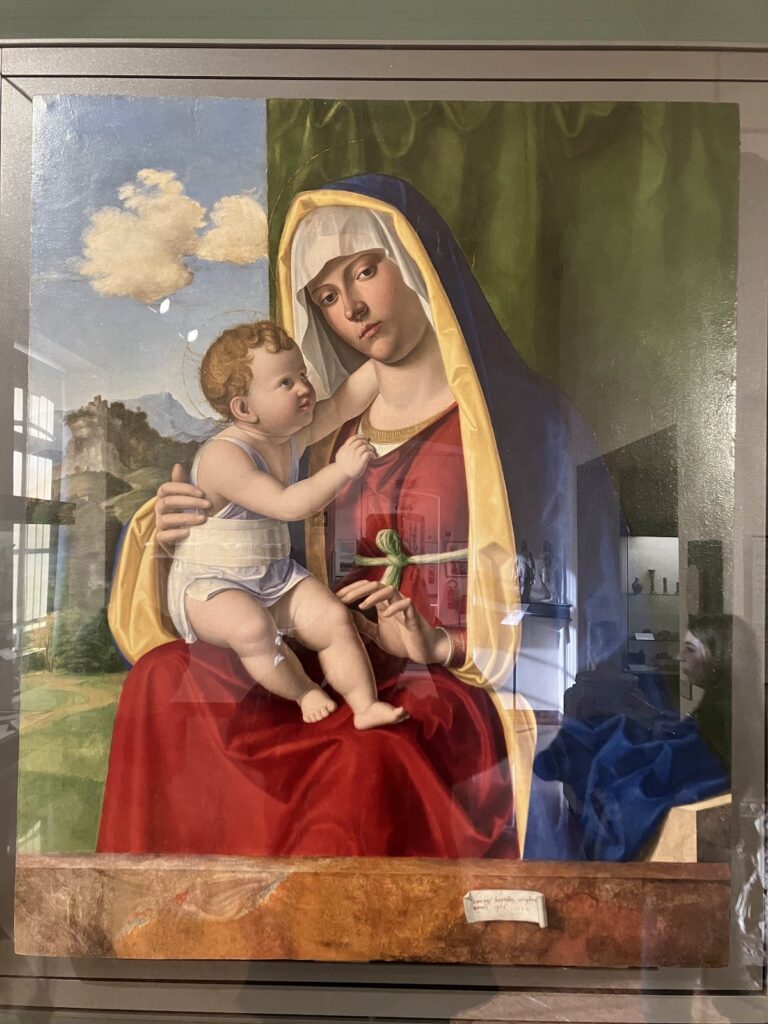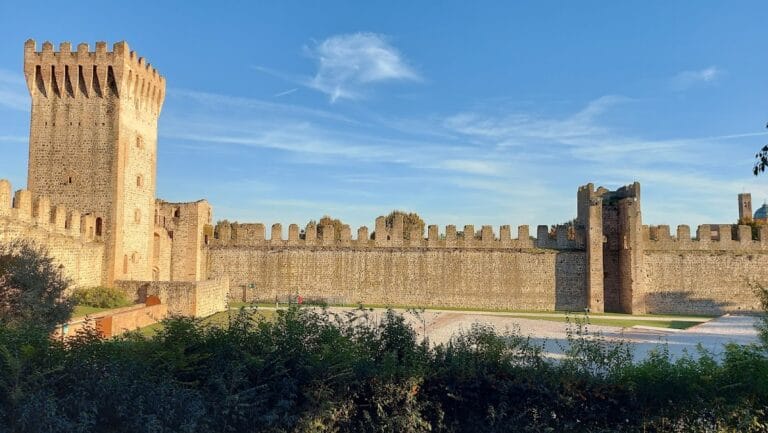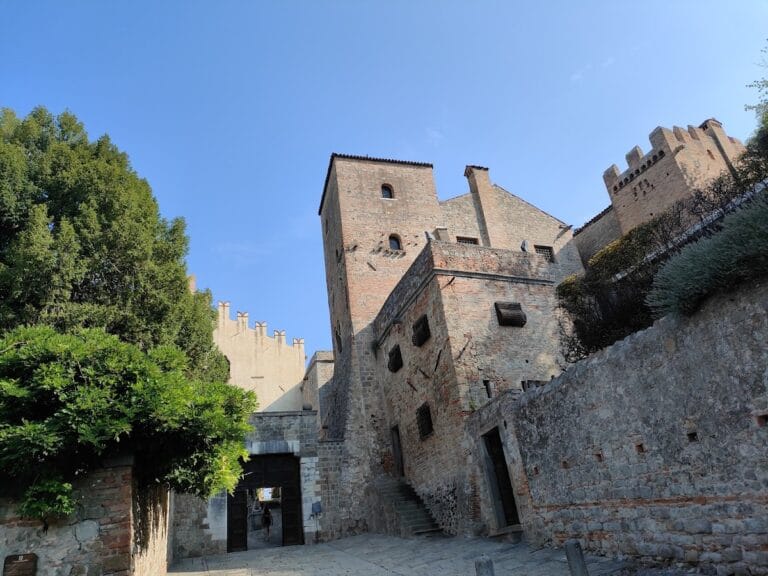Museo Nazionale Atestino: Preserving the Archaeological Heritage of Este, Italy
Visitor Information
Google Rating: 4.6
Popularity: Low
Google Maps: View on Google Maps
Official Website: atestino.cultura.gov.it
Country: Italy
Civilization: Roman
Remains: Museum
History
The Museo Nazionale Atestino is located in Este, a town in the province of Padova, within the Veneto region of northern Italy. The museum focuses on artifacts from the ancient city of Ateste, a settlement with roots in pre-Roman and Roman times. Ateste was inhabited by the Paleovenetian people before Roman control, and its archaeological remains reflect this layered history.
The earliest collections of artifacts from the area date back to the 13th and 14th centuries, with significant contributions in the 17th century by Venetian senator Giorgio Contarini. In the 18th century, historian Isidoro Alessi and Marquis Tommaso Obizzi further enriched the assemblage. These early collections preserved important finds from the region, which might otherwise have been dispersed to cities like Vienna and Modena.
In 1876, excavations uncovered a pre-Roman necropolis near Este, revealing richly decorated tombs. This discovery led to the expansion of the museum, which was renamed Museo Euganeo-Romano in 1880. The museum was officially established as the Regio Museo Nazionale Atestino by Royal Decree on April 3, 1887.
During World War I, the museum’s valuable objects were temporarily moved to Florence and Rome for protection. After the war, excavations resumed, uncovering over fifty tombs. The Fascist era saw the museum enlarged and restructured, adding notable items such as a gold medallion of Emperor Augustus minted in 2 BCE and ceramics from the 16th century originating from the Abbey of Santa Maria delle Carceri.
Following World War II, the museum concentrated on cataloging and reorganizing its extensive collections. Excavations were temporarily halted due to limited resources. Between 1979 and 1984, Villa Mocenigo underwent restoration, allowing the museum to reopen with improved displays.
Since December 2014, the museum has been managed by the Italian Ministry of Cultural Heritage through the Polo Museale del Veneto, which was renamed Direzione regionale Musei in 2019. This administration continues to oversee the preservation and presentation of the region’s archaeological heritage.
Remains
The Museo Nazionale Atestino houses over 65,000 objects, primarily from the ancient city of Ateste and its surroundings. The collection is displayed across eleven thematic rooms within Villa Mocenigo, a palace that incorporates parts of the 14th-century Carraresi castle walls.
The ground floor presents Roman-era artifacts, including funerary monuments, inscriptions, and coins. Among the notable features are black-and-white mosaics depicting swimmers and a reconstructed frescoed ceiling from a Roman villa, illustrating decorative styles of the period.
One room is dedicated to medieval and modern objects, showcasing statues and Este ceramics. It also contains a 1504 panel of Madonna and Child by Cima da Conegliano, originally from the church of the “Zoccoli.”
The first floor focuses on the protohistoric period, displaying Paleovenetian artifacts such as prehistoric finds, pottery, and everyday items. Votive bronzes related to the cult of the goddess Reitia are also exhibited, alongside funerary goods from the region.
The upper terrace features Renaissance and Baroque heraldic shields and statues.
The museum includes a specialized library, a restoration laboratory, and a conference hall, supporting research and exhibitions. The collections are carefully cataloged and arranged following a 20th-century reorganization, preserving the archaeological heritage of Este and its ancient inhabitants.
